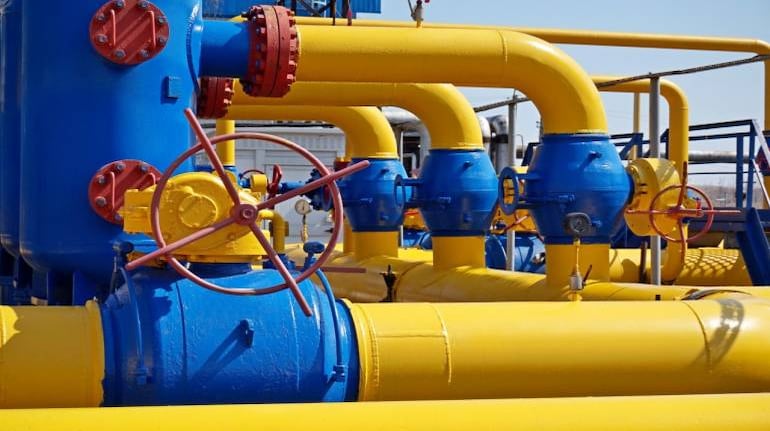



The government has been pushing for the use of piped natural gas (PNG) in households, with the objective of increasing the share of natural gas in India’s energy basket.
But most Indian kitchens still depend on the traditional energy source, liquefied petroleum gas (LPG) cylinders, as the PNG rollout continues to be slow due to infrastructure bottlenecks and even consumer hesitancy.
According to government data, over one crore PNG connections had been provided by city gas distribution (CGD) companies as of 31st January. Compared to this figure, LPG connections had soared to 31.36 crore by the end of March.
India aims to raise the share of natural gas in its energy mix to 15 percent in 2030 from a little over 6 percent now.
Why the hesitance for PNG?
Experts say that LPG and PNG have almost the same price in terms of energy units. PNG, however, is more convenient as consumers do not have to bother booking new cylinders.
“PNG connections are hassle-free compared to gas cylinders but the hesitance lies in giving the one-time security deposit of around Rs 6,000 while getting a new connection. Most people already have LPG connections, so they continue using that,” said Prashant Vasisht, VP and Co-head of Corporate Ratings, ICRA.
Companies have lately been offering incentives such as EMIs for the deposit to promote PNG connections, Vasisht added. He, however, pointed out that at times consumers face billing-related issues with PNG connections as well.
The Central government wants to provide 12.33 crore PNG connections across the country by 2030.
PNG price drop
Major gas players have reduced prices of domestic PNG this month after the government accepted the Kirit Parikh committee’s recommendations on the gas pricing mechanism.
In April, Indraprastha Gas Ltd (IGL) lowered the price of domestic PNG by Rs 5 per unit, bringing PNG prices in the national capital down to Rs 48.59 per SCM (standard cubic metre) from Rs 53.59.
On the contrary, the price of a domestic LPG cylinder increased by Rs 50 per cylinder in March. A 14.2 kg domestic gas cylinder in Delhi now costs Rs 1,103, against Rs 1,053 earlier, an increase of 4.75 percent. The price was increased after eight months.
Hurdles in PNG expansion
Experts say that commercial viability is one of the biggest hurdles in expanding PNG infrastructure across the country.
“Laying of pipelines is an expensive process as companies have to dig up roads and get official permissions for various procedures,” said Deepak Jasani, Head of Retail Research at HDFC Securities.
Jasani added that in tier 2 and tier 3 cities, the return on pipelines is not assured as many areas in these cities are not densely populated and consumers may prefer to stick with gas cylinders.
Infrastructure bottlenecks
Getting multiple approvals from different government bodies to lay pipelines remains the biggest challenge for PNG expansion.
“Gas players have to get multiple approvals, from the municipality, fire department and several others, which has resulted in a delay in the laying of pipelines for PNG connectivity,” said Sabri Hazarika, Senior Research Analyst, Emkay.
Hazarika added that Karnataka recently drafted a new policy that looks at clearing hurdles that hinder the expansion of the gas pipeline network. Other states should also adopt such policies, he added.
Under Karnataka’s new policy, gas players will be charged a uniform permission charge in the state to lay gas pipelines.
Discover the latest Business News, Sensex, and Nifty updates. Obtain Personal Finance insights, tax queries, and expert opinions on Moneycontrol or download the Moneycontrol App to stay updated!
Find the best of Al News in one place, specially curated for you every weekend.
Stay on top of the latest tech trends and biggest startup news.